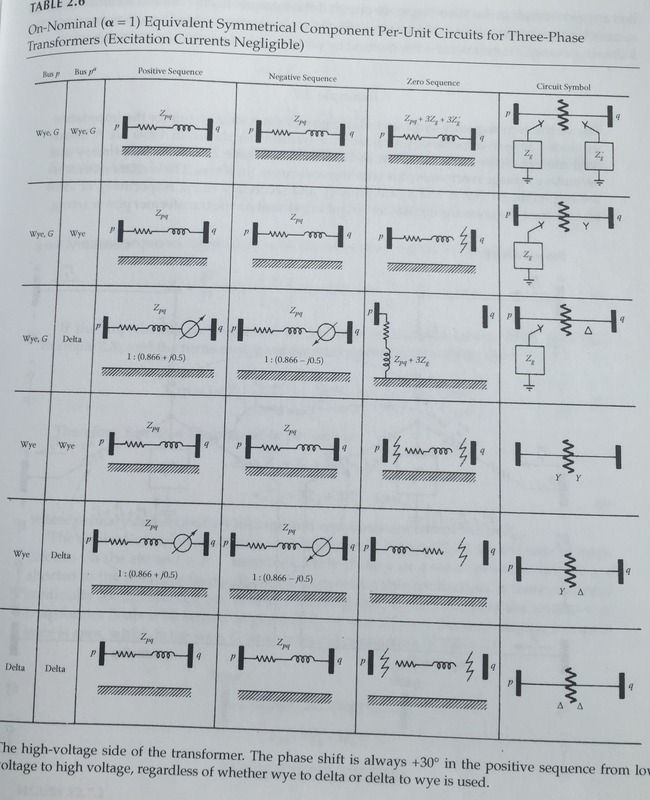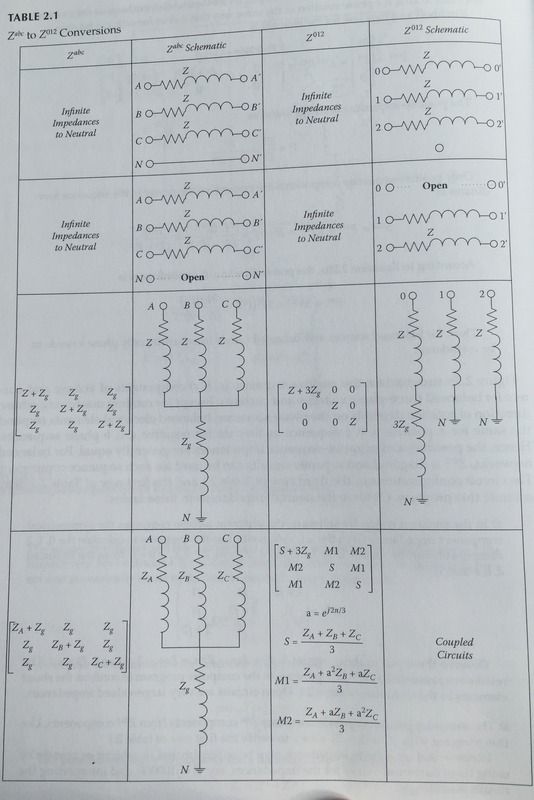EmagSamurai
Member
- Location
- Alabama
I've always understood that zero sequence currents flow in delta windings or in the neutral of a wye connected device. However, I've recently been revisiting the subject, and I'm having some second thoughts.
My current intuition is that if no neutral is present in a wye wound motor, then no zero sequence currents will flow because there is no path for them. Now I'm wondering if a delta wound motor will behave the same way if there is no short to ground? That is, will zero sequence currents flow in a delta wound motor if there is no fault condition? Transformers are a bit different, but at the moment it's motors that are giving me heart burn.
My current intuition is that if no neutral is present in a wye wound motor, then no zero sequence currents will flow because there is no path for them. Now I'm wondering if a delta wound motor will behave the same way if there is no short to ground? That is, will zero sequence currents flow in a delta wound motor if there is no fault condition? Transformers are a bit different, but at the moment it's motors that are giving me heart burn.



